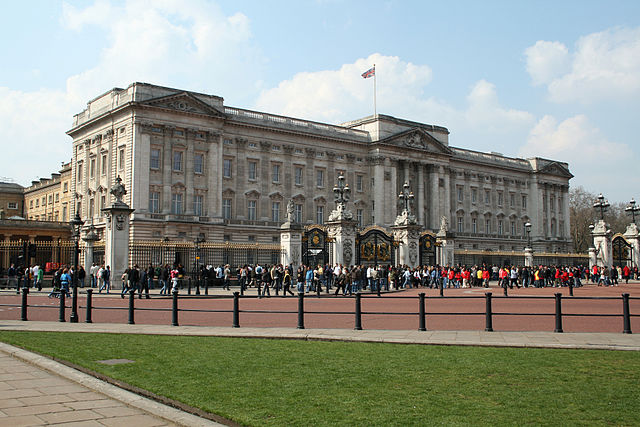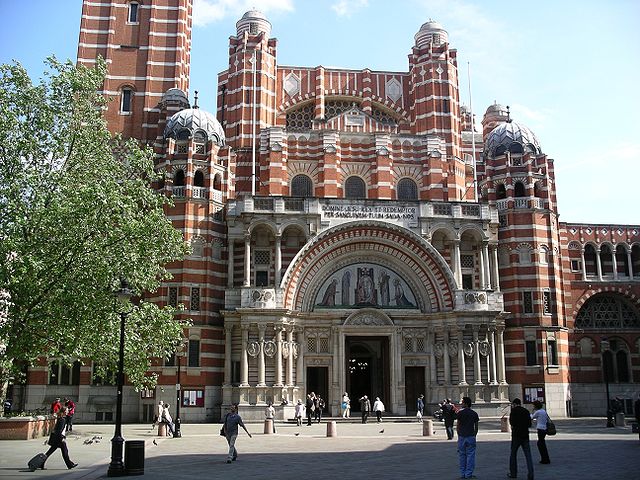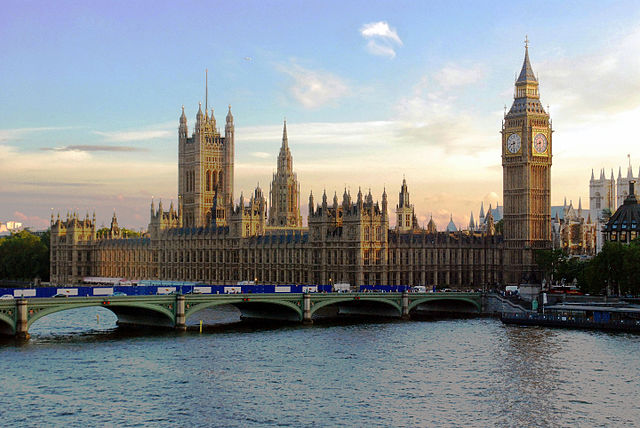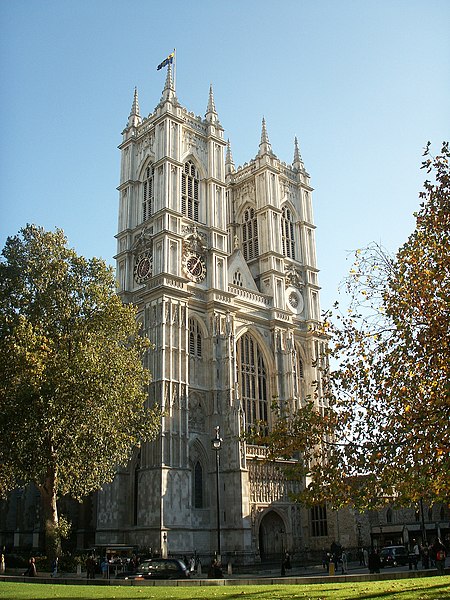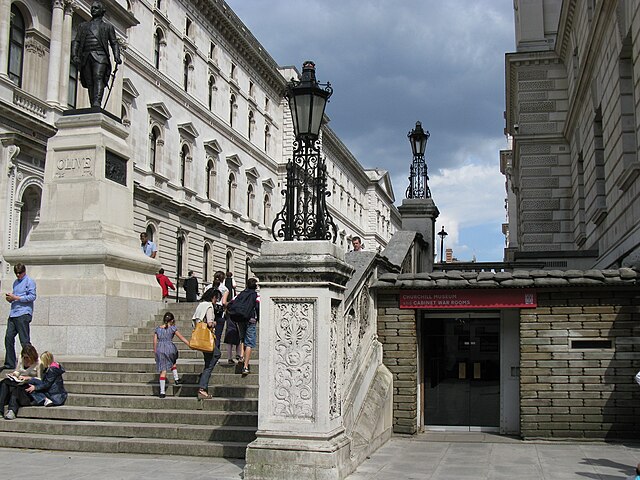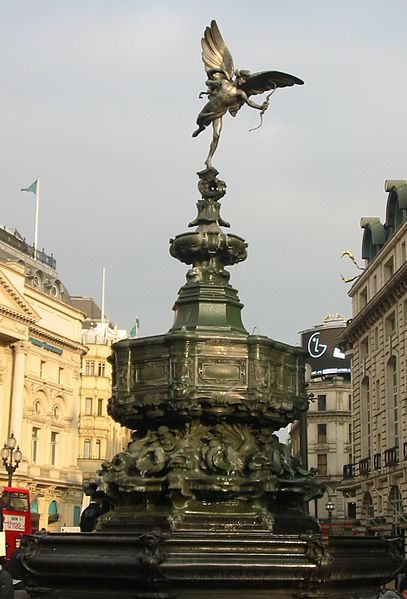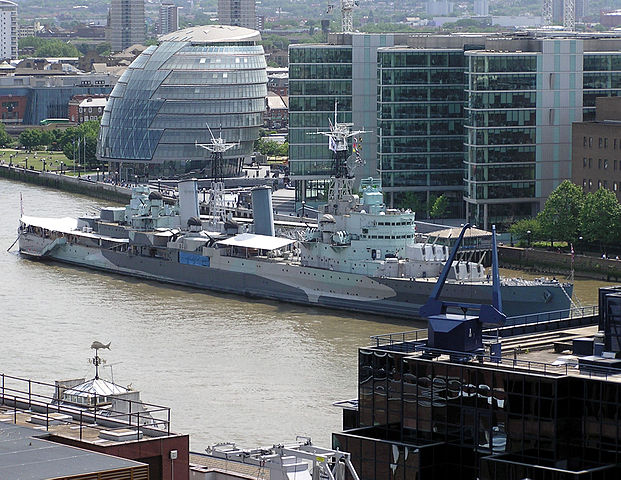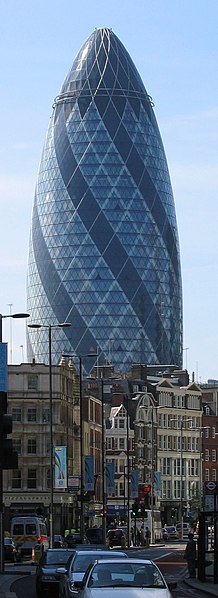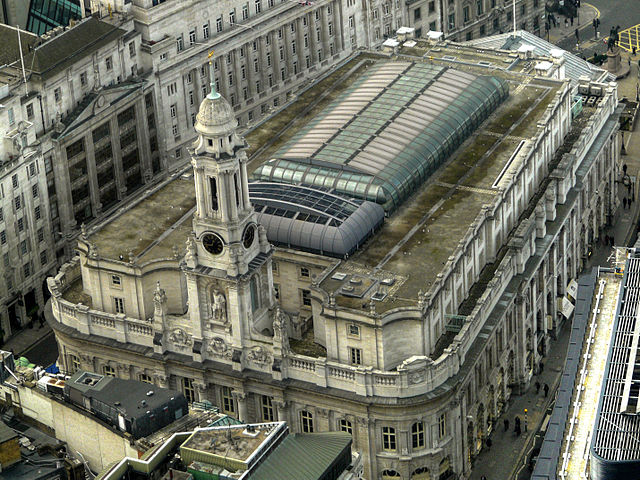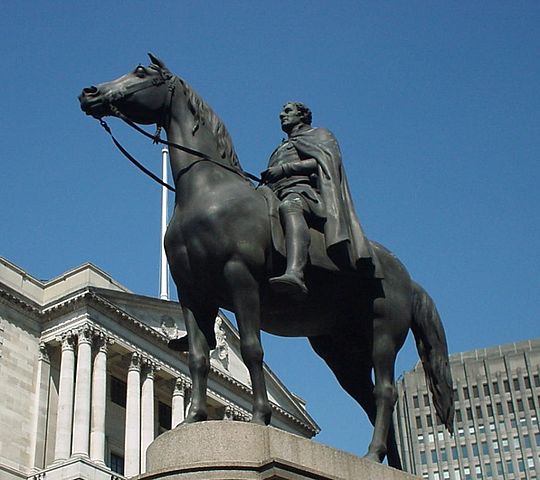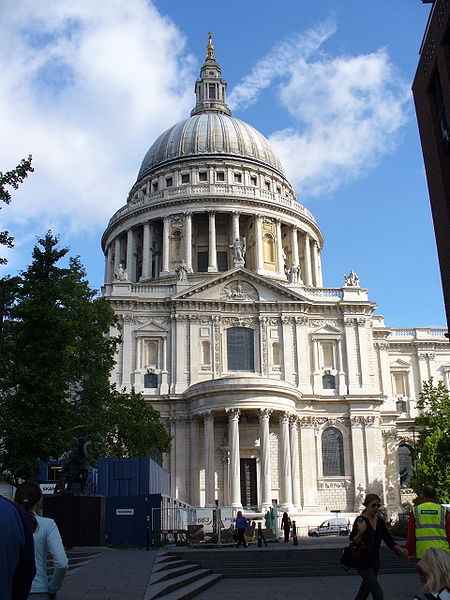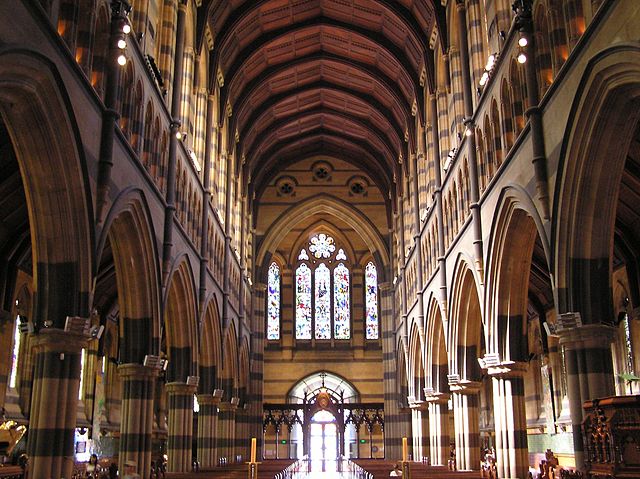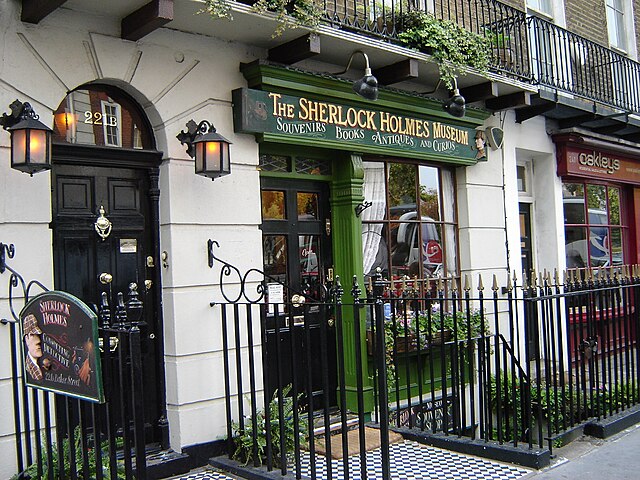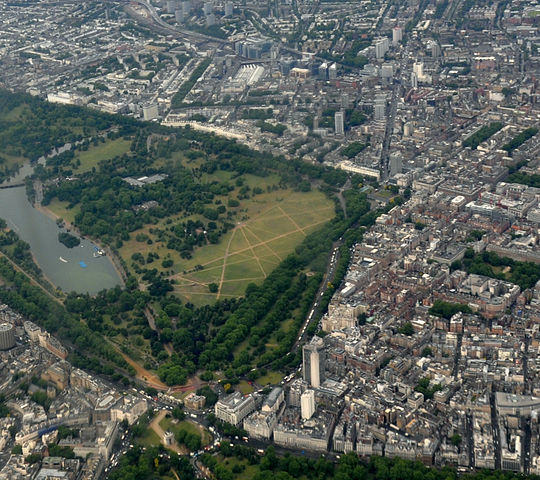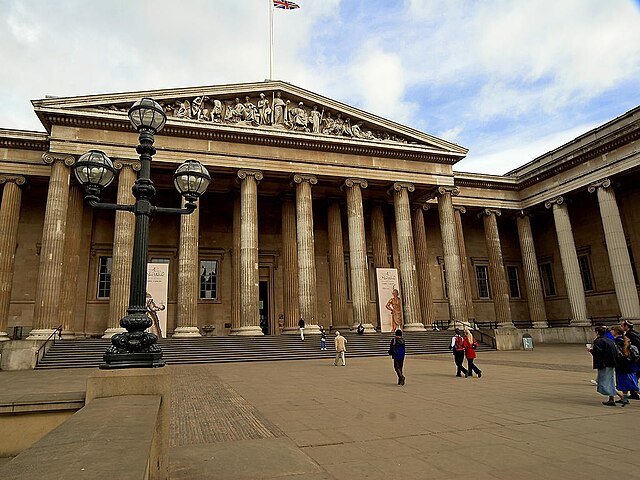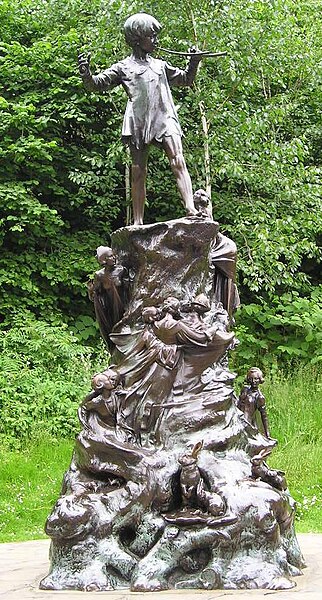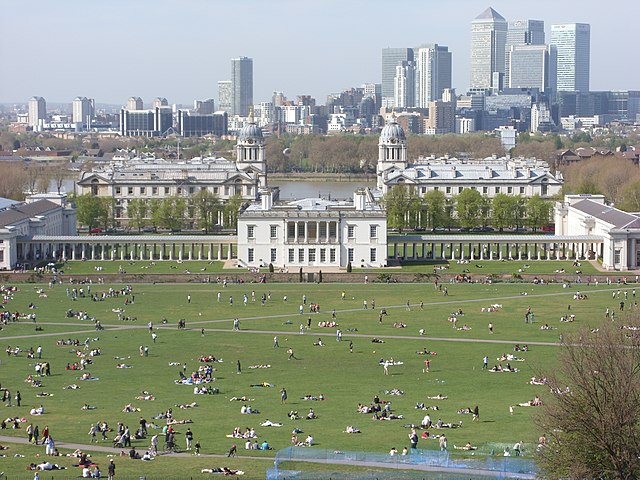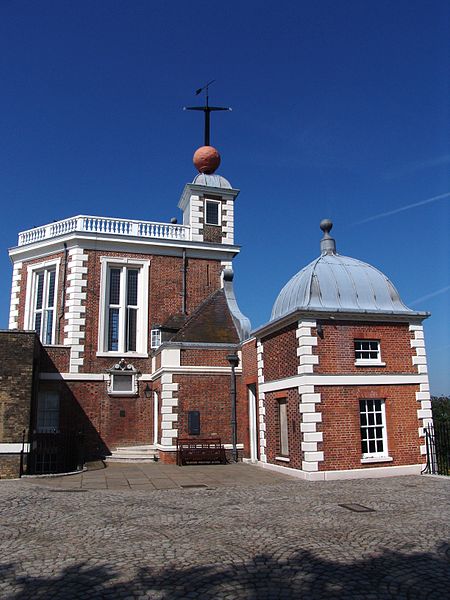One of the most iconic cities on this planet, London has played a major role in shaping today's societies. Its internationally renowned landmarks witnessed the city's evolution through its long history. As the capital of the United Kingdom, London is the political, cultural and economic center of the country. It is also one of the big four fashion capitals of the world. A tireless leader in innovation and ideas, it has a great concentration of world class universities. The city is truly diverse, it has something to offer for everyone. You could tour this grand metropolis for months and still barely get to know it.
London
Buckingham Palace is the London residence and administrative headquarters of the reigning monarch of the United Kingdom. Located in the City of Westminster, the palace is often at the centre of state occasions and royal hospitality. It has been a focal point for the British people at times of national rejoicing and mourning. The Queen's Guard in London changes in the Forecourt of Buckingham Palace at 11:30am every day in the summer and every other day in the winter.
The gallery is situated on Millbank. Construction commenced in 1893, and the gallery opened on 21 July 1897 as the National Gallery of British Art. However, from the start it was commonly known as the Tate Gallery, after its founder Sir Henry Tate, and in 1932 it officially adopted that name.
London, Deans Yd
Westminster Bridge is a road and foot traffic bridge over the River Thames in London, linking Westminster on the north side and Lambeth on the south side. The bridge is painted predominantly green, the same colour as the leather seats in the House of Commons which is on the side of the Palace of Westminster nearest to the bridge.
The Palace of Westminster is the meeting place of the House of Commons and the House of Lords, the two houses of the Parliament of the United Kingdom. Commonly known as the Houses of Parliament after its occupants, it is also known as the 'heart of British politics'. The Palace lies on the north bank of the River Thames in the City of Westminster, in central London.
Founded in the 12th century and rebuilt in the late 1400's, St Margaret's Church is situated in the grounds of Westminster Abbey on Parliament Square, and is the Anglican parish church of the House of Commons of the United Kingdom in London. It is a UNESCO World Heritage Site.
Originally built in 960 then rebuilt in 1517, Westminster Abbey, formally titled the Collegiate Church of St Peter at Westminster, is a large, mainly Gothic abbey church, just to the west of the Palace of Westminster. It is one of the United Kingdom's most notable religious buildings and the traditional place of coronation and burial site for English and, later, British monarchs. It is a UNESCO World Heritage Site.
The Churchill War Rooms is a museum in London and one of the five branches of the Imperial War Museum. The museum comprises the Cabinet War Rooms, a historic underground complex that housed a British government command centre throughout the Second World War, and the Churchill Museum, a biographical museum exploring the life of British statesman Winston Churchill.
10 Downing Street, colloquially known in the United Kingdom as Number 10, is the headquarters of Government of the United Kingdom and the official residence and office of the First Lord of the Treasury, a post which, for much of the 18th and 19th centuries and invariably since 1905, has been held by the Prime Minister.
London
Trafalgar Square is a public square in Central London, built around the area formerly known as Charing Cross. Its name commemorates the Battle of Trafalgar, a British naval victory in the Napoleonic Wars with France and Spain that took place on 21 October 1805 off the coast of Cape Trafalgar, Spain.
The Royal Academy of Arts is an art institution based in Burlington House on Piccadilly in London. It has a unique position as an independent, privately funded institution led by eminent artists and architects; its purpose is to promote the creation, enjoyment and appreciation of the visual arts through exhibitions, education and debate.
London
London
The Monument to the Great Fire of London, more commonly known simply as the Monument. It commemorates the Great Fire of London. It stands at the junction of Monument Street and Fish Street Hill, 202 ft (62 m) tall and 202 ft (62 m) from the spot in Pudding Lane where the Great Fire started on 2 September 1666 and swept through the central parts of the city.
St Paul's Cathedral, London, is an Anglican cathedral. The cathedral is one of the most famous and most recognisable sights of London. Its dome, framed by the spires of Wren's City churches, dominated the skyline for 300 years. At 365 feet (111 m) high, it was the tallest building in London from 1710 to 1967. The dome is among the highest in the world.
London
Hyde Park is one of the largest parks in London and one of its Royal Parks. Speakers' Corner in Hyde Park is an area where open-air public speaking, debate and discussion are allowed. The original and most noted is in the northeast corner of Hyde Park in London, UK. Speakers here may talk on any subject, as long as the police consider their speeches lawful.
Soho is an area of the City of Westminster and is part of the West End of London, England. Long established as an entertainment district, for much of the 20th century Soho had a reputation as a base for the sex industry in addition to its night life and its location for the headquarters of leading film companies.
London
The Royal Opera House is an opera house and major performing arts venue. The large building is often referred to as simply Covent Garden, after a previous use of the site of the opera house's original construction in 1732. It is the home of The Royal Opera, The Royal Ballet, and the Orchestra of the Royal Opera House.
Established in 1753, the British Museum is dedicated to human history, art and culture, and is located in the Bloomsbury area of London. Its permanent collection, numbering some 8 million works, is among the largest and most comprehensive and originates from all continents, illustrating and documenting the story of human culture from its beginnings to the present.
London
The Natural History Museum is a museum of natural history that exhibits a vast range of specimens from various segments of natural history. It is one of three major museums on Exhibition Road in South Kensington, the others being the Science Museum and the Victoria and Albert Museum.
The Victoria and Albert Museum (often abbreviated as the V&A), London, is the world's largest museum of decorative arts and design, housing a permanent collection of over 4.5 million objects. It was founded in 1852 and named after Queen Victoria and Prince Albert.
Richmond
Kew Gardens is a botanical garden in south-west London and said to house the largest and most diverse botanical collections in the world. Founded in 1840, from the exotic garden at Kew Park in the London Borough of Richmond upon Thames, its living collections include more than 30,000 different kinds of plants. The garden is situated near by the Kew Gardens Station on the District Line.
London
Greenwich Park is a former hunting park in Greenwich and one of the largest single green spaces in south-east London. One of the Royal Parks of London, and the first to be enclosed (in 1433), it covers 74 hectares (180 acres), and is part of the Greenwich World Heritage Site. It commands fine views over the River Thames, the Isle of Dogs and the City of London. To get to the park, visitors can take Southeastern trains and get off at Greenwich Station.












